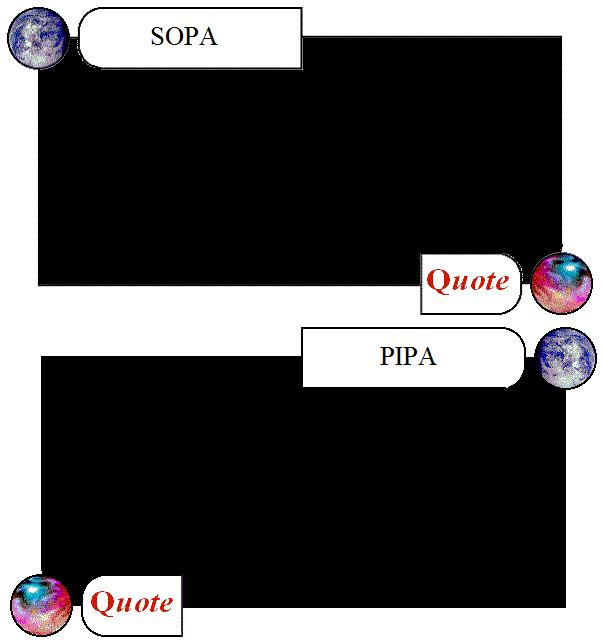Announcement: “Legacies of the Manhattan Project” May 12-13
Tuesday, May 8th, 2012
From blogfriend Cheryl Rofer as well as Molly Cernicek and Susan Voss at Nuclear Diner, – an event for those interested in nuclear weapons, science, Cold War diplomatic history, national security, strategic theory and American strategists:
Nuclear Diner Teams With Santa Fe Institute To Bring You Legacies of the Manhattan Project
Next weekend, May 12-13, at the Santa Fe Institute, a hand-picked group of physicists, historians, social scientists, systems theorists, and writers will examine the long-term legacies of the Manhattan Project in a timely discussion of an important event in world history that still influences science and society today. Harold Agnew, who was part of the historic effort to develop the first atomic bomb, will participate in the discussion.
SFI is collaborating with the Nuclear Diner to bring the discussion to you live on Twitter. You can participate before, during, and after by searching for the hashtag #bomblegacy or following @nucleardiner. Before the event, you can also leave questions at Nuclear Diner and the Facebook event page. If you “like” the Facebook page, you will get updates throughout the week and continuing information after the workshop.
The group will discuss new information, review original records, and mine the memories of project participants to present a case study in conflict from an important period in scientific history.
More about the Santa Fe Institute working group, including biographies of the participants and discussion topics, here.
Many of SFI’s founders were senior fellows at Los Alamos National Laboratory. As the Institute has emerged as a leader in complexity science, particularly in working toward a theory of conflict in human and animal societies, the Manhattan Project has become an important case study for understanding conflict. The project’s history also illustrates the occasional tension between pure theoretical research and applied science.
Photo: Harold Agnew holding the core of the Nagasaki bomb.
An excellent opportunity for students, grad students, historians and practitioners in various fields to participate here via twitter.







